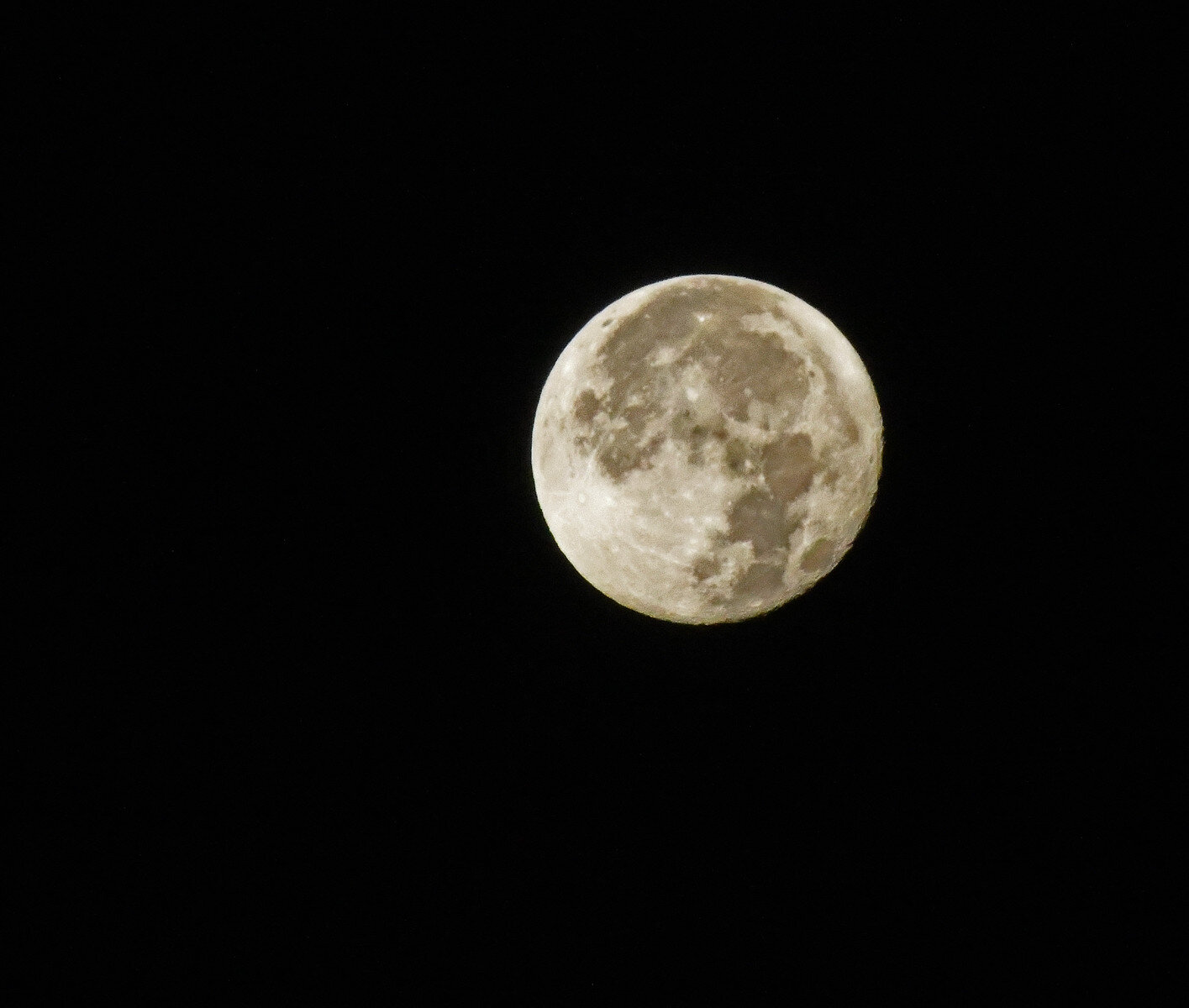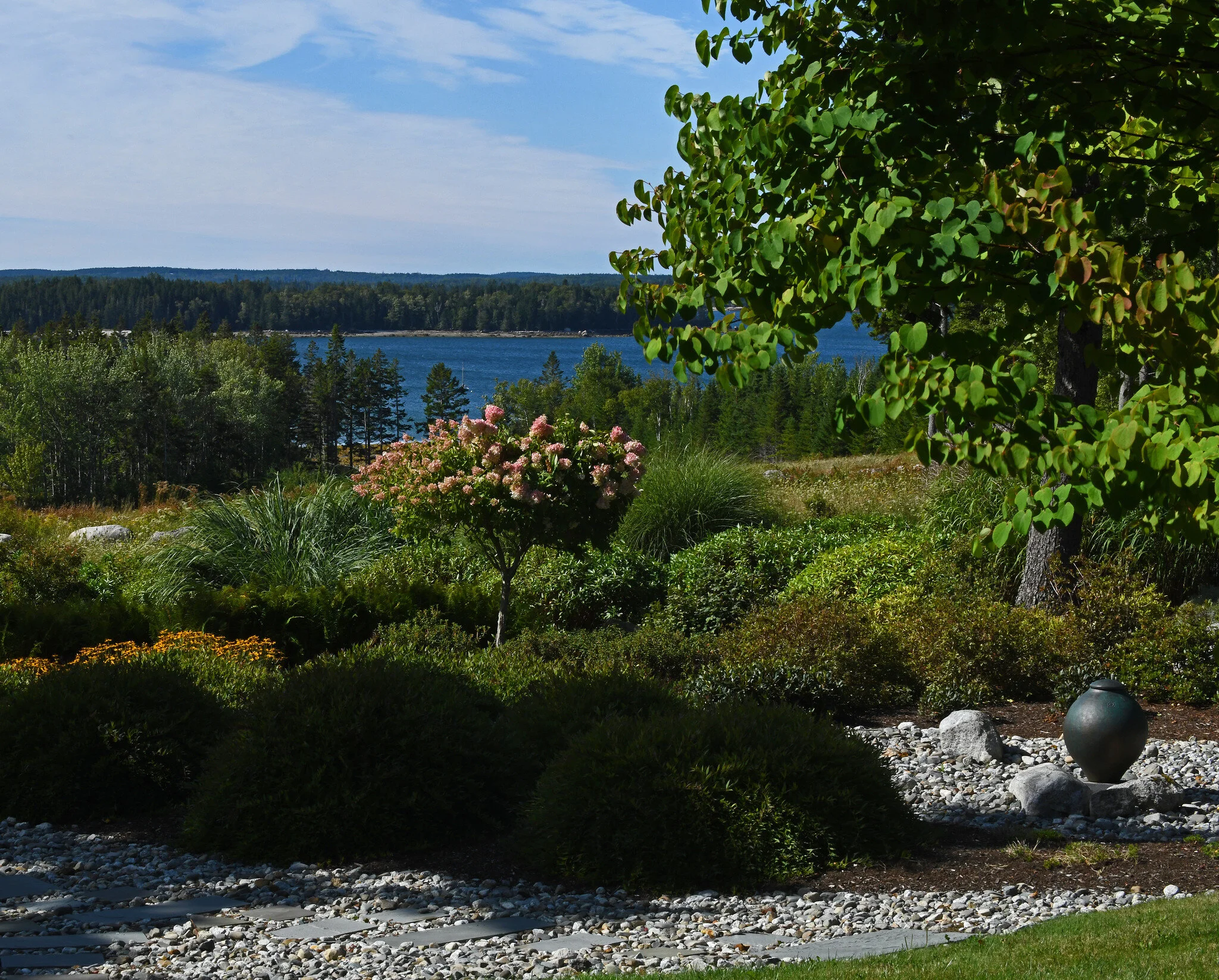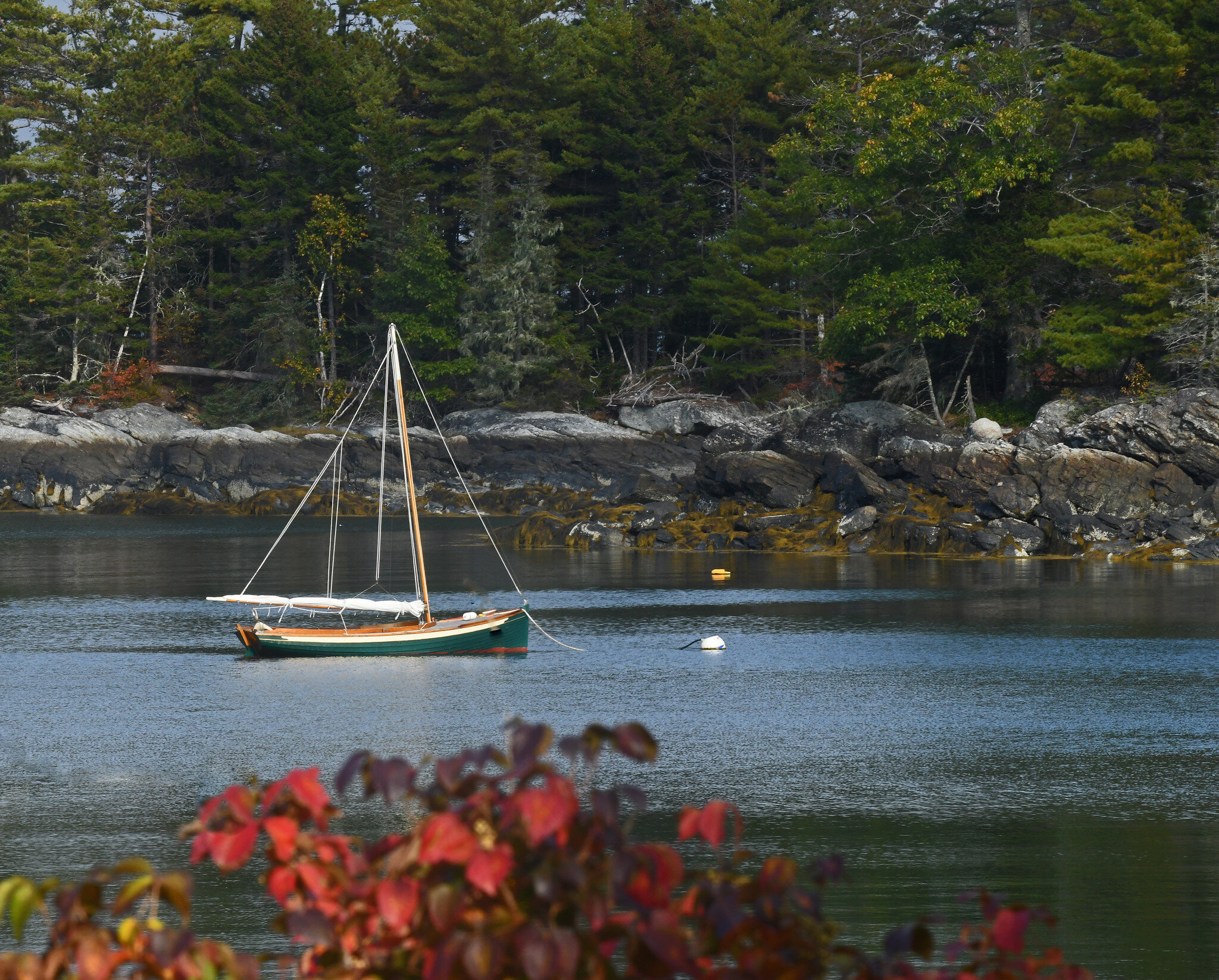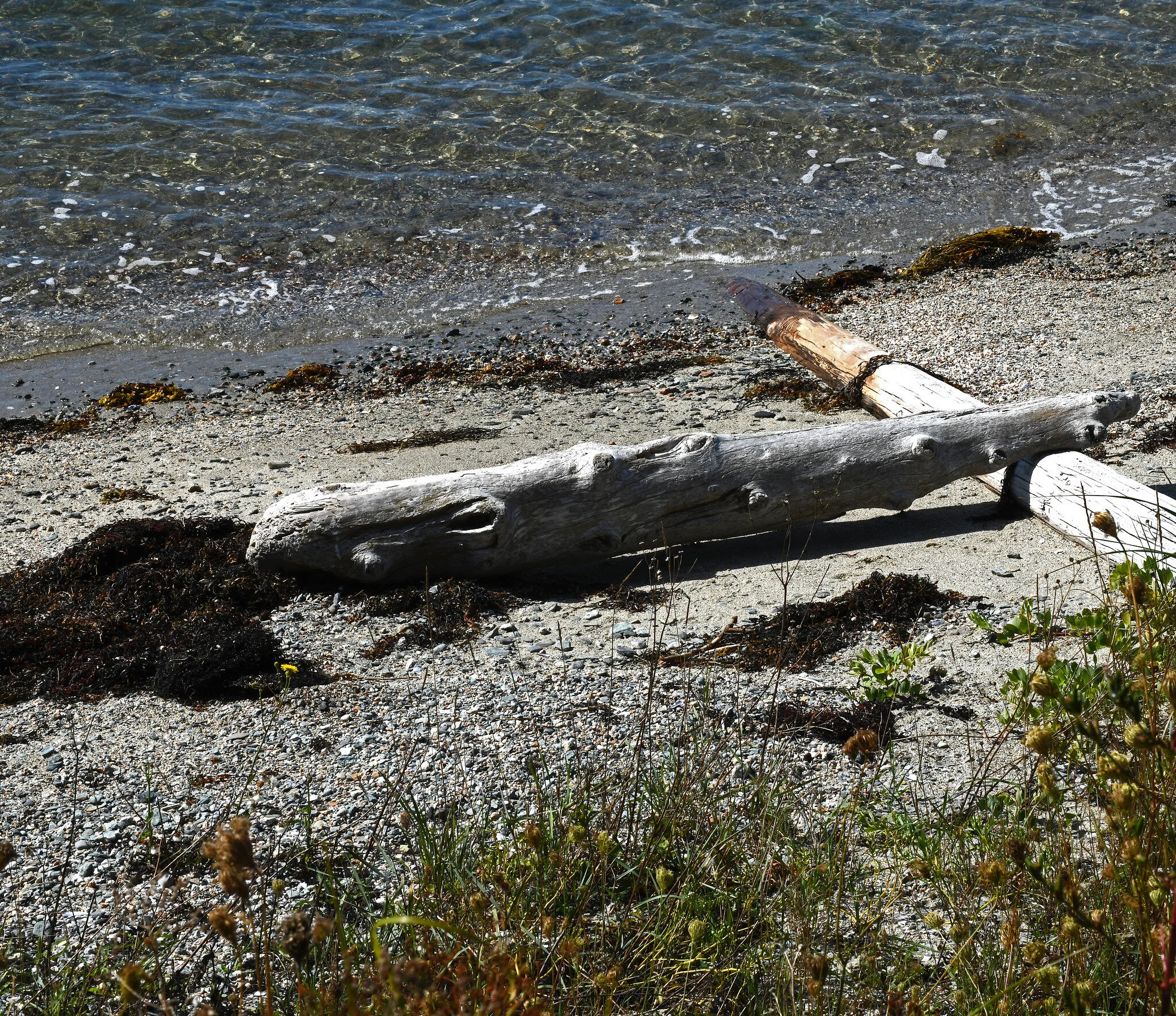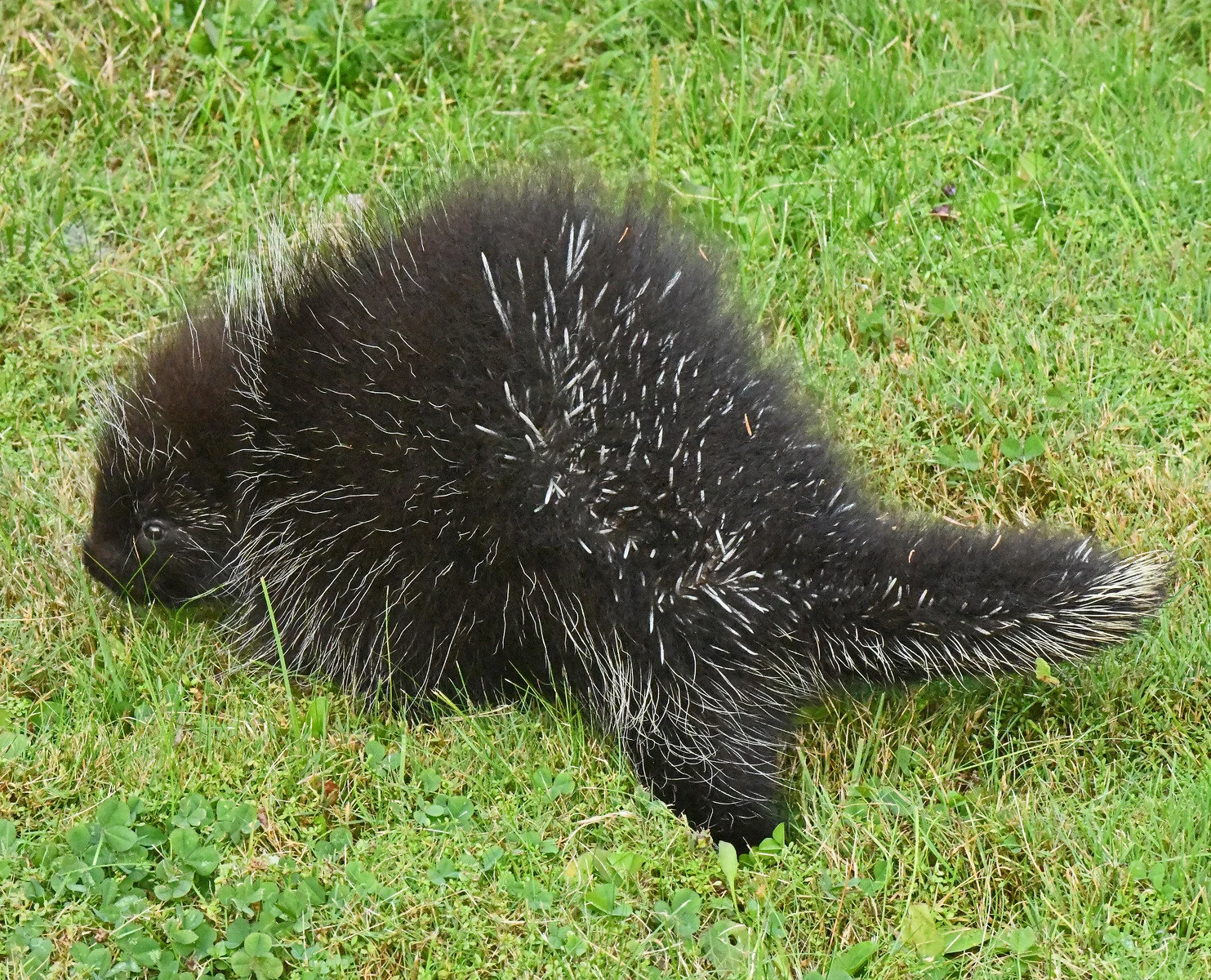At about 2:30 a.m. today, at least five coyotes awakened us with their baying at the virtually full moon. (The moon was full October 1, but hidden from us by overcast.) We listened to the canine version of “Nessun Dorma,” looked over the beautiful moonlit landscape with satisfaction, and went back to sleep.
As you can see above, the moon waited patiently in the night to the north as the new day was spreading west. We took these images at the reasonable time of 6 a.m. today.
The leading theory about coyote baying is that bright moonlight allows a pack of them to see their territory at an unusual time. They tend to be paranoid predators and bay to prevent other coyotes from trying to invade their homeland while they’re watching.
(Brooklin, Maine)

